23 American Car Brands That Went Under
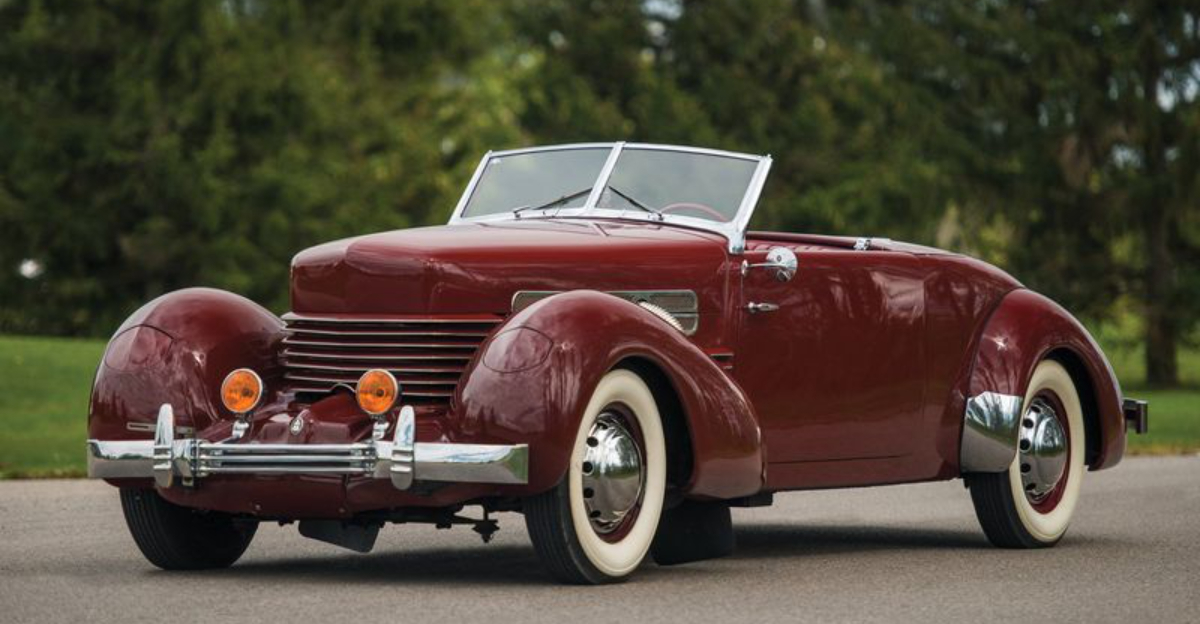
The American automotive industry has witnessed the rise and fall of numerous car brands over the years. While some, like Ford and Chevrolet, have endured, others have faded into history. This list delves into 23 American car brands that, despite their initial success, eventually went under.
From innovators to niche players, these brands once thrived in a competitive market but succumbed to various challenges. Join us on a nostalgic journey exploring the history, achievements, and ultimate demise of these once-prominent carmakers.
1. Pontiac
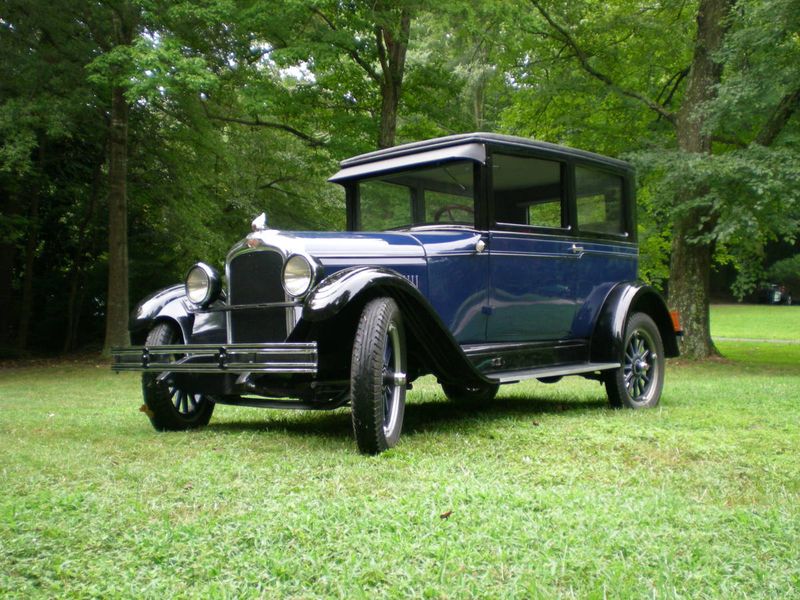
Long a symbol of American performance, Pontiac wowed with muscle cars like the GTO and Firebird. Its power and style made it a favorite for generations. Founded in 1926, Pontiac was under the General Motors umbrella.
During the economic downturn of 2009, GM faced financial challenges. Pontiac, considered expendable, was discontinued in 2010. Despite its closure, the brand still evokes nostalgia among car enthusiasts.
Pontiac’s legacy lives on in the classic car community, with fans maintaining its iconic vehicles. Its story is a testament to shifting markets and corporate priorities.
2. Oldsmobile

As one of America’s oldest car brands, Oldsmobile began its journey in 1897. It introduced groundbreaking innovations, including the first fully automatic transmission in 1940. Known for its engineering prowess, Oldsmobile thrived for decades.
However, the turn of the century saw a decline in its popularity. General Motors decided to discontinue the brand in 2004, ending more than a century of production.
Oldsmobile’s demise highlights the challenges traditional brands face in a rapidly evolving market. Its influence, however, remains evident in automotive history and technology.
3. Mercury
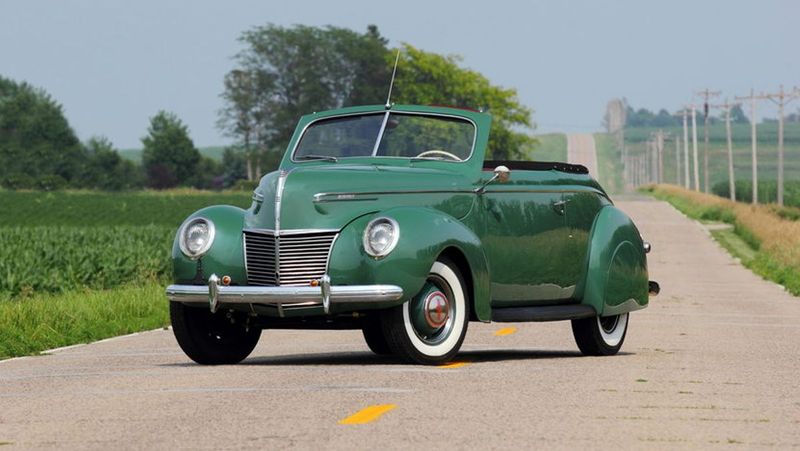
Positioned between Ford and Lincoln, Mercury was established in 1938. It offered mid-tier luxury and performance, with models like the Cougar and Grand Marquis becoming household names.
Despite its success, changing market dynamics rendered Mercury redundant. As Ford restructured in 2010, the brand was phased out. Mercury’s impact can still be felt through its design and innovation.
Its vehicles remain sought after by collectors, symbolizing a bygone era of American motoring. Mercury’s story reflects the shifting priorities within the automotive industry.
4. Saturn
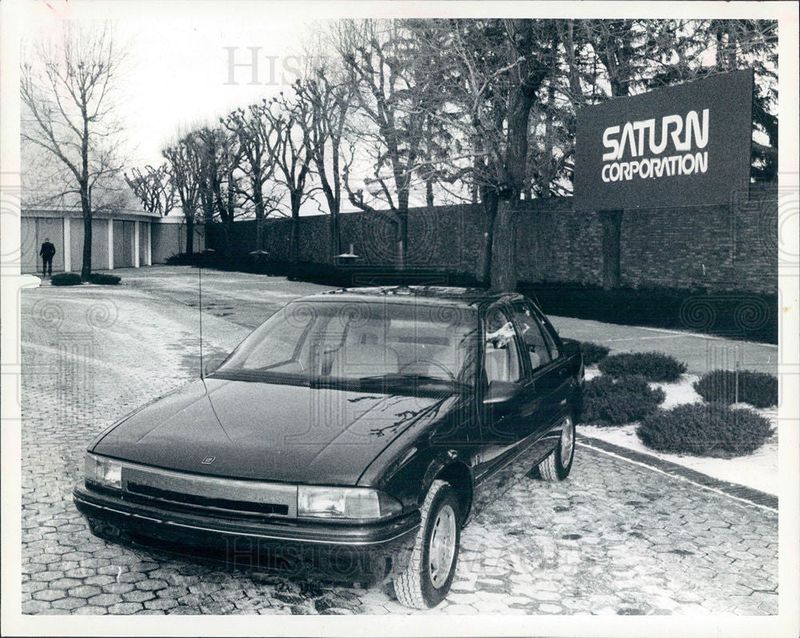
Saturn emerged in 1985 as GM’s strategy to counter Japanese imports. Known for its innovative small cars with dent-resistant plastic body panels, Saturn carved a niche for itself.
However, despite a loyal customer base, the brand struggled with profitability. During GM’s 2010 bankruptcy restructuring, Saturn was shut down. The brand’s short life is a study in ambitious innovation meeting economic realities.
Saturn’s legacy is remembered for its customer-friendly approach and distinctive vehicles. Its closure marked the end of a unique chapter in automotive history.
5. Tucker
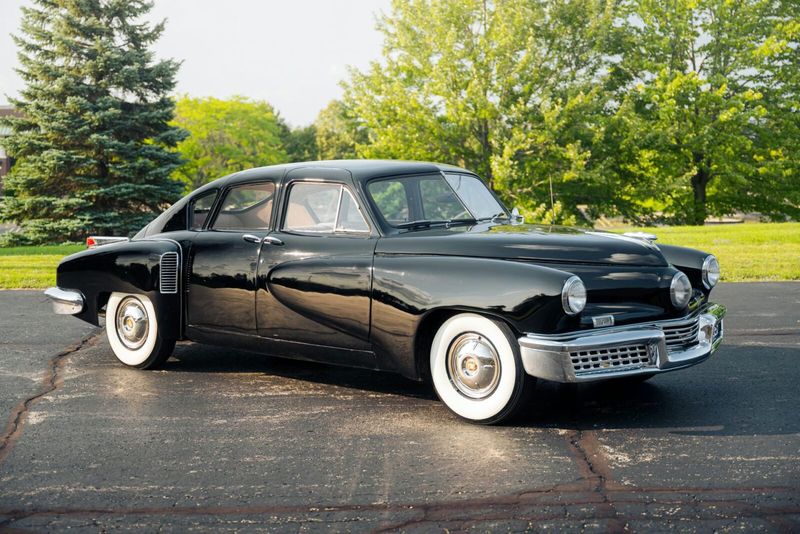
Founded in 1944, Tucker attempted to revolutionize the automotive world with the Tucker 48. Featuring a central headlight and rear engine, it promised breakthroughs in design and safety.
Unfortunately, legal challenges and financial issues curtailed its potential. The brand folded in 1951, leaving only 51 cars produced.
Today, Tucker’s vehicles are rare collectors’ items, celebrated for their ahead-of-their-time innovation. The brand’s short-lived story is a fascinating glimpse into automotive ambition and the hurdles of bringing new ideas to market.
6. DeLorean
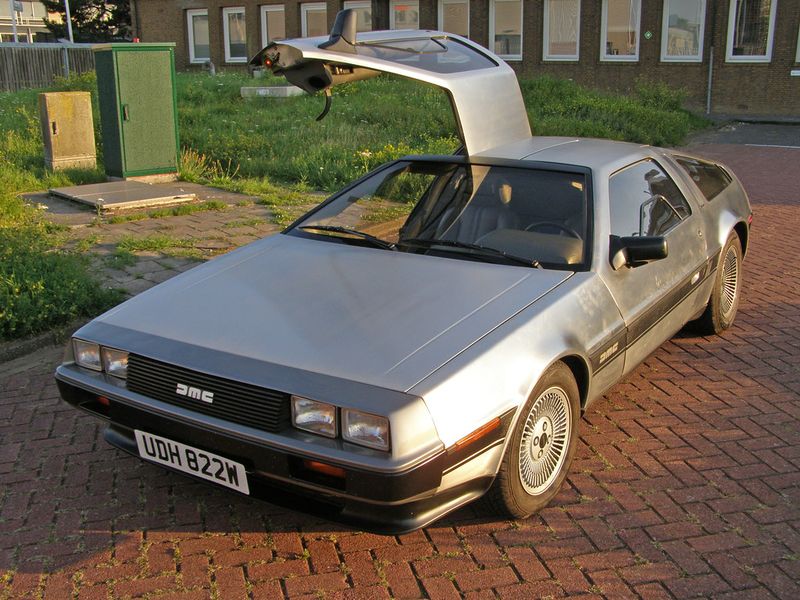
The DeLorean brand was immortalized by its DMC-12 model, featured in ‘Back to the Future’. Founded in 1975, it promised futuristic design with stainless steel panels and gull-wing doors.
High production costs and financial mismanagement plagued the company. Founder John DeLorean’s legal troubles further tainted the brand, which closed in 1982.
Despite its brief existence, the DeLorean remains a cultural icon. Its story is one of bold innovation and the challenges of sustaining a revolutionary brand in a competitive market.
7. Studebaker
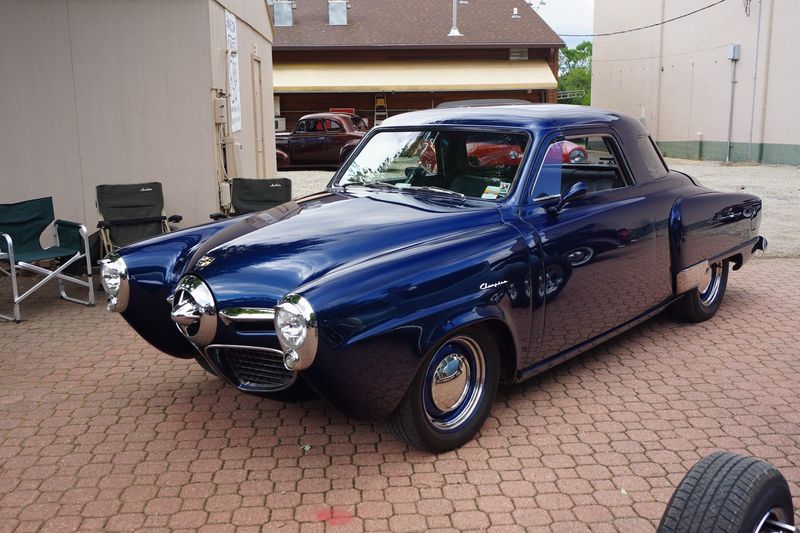
A staple name in American households, Studebaker was known for reliability and style. The bullet-nose Commander was among its most iconic models.
Despite its popularity, Studebaker struggled against Detroit’s Big Three. Financial pressures mounted, and by 1967, the brand ceased production.
Today, Studebaker cars are cherished by collectors, symbolizing a bygone era of American ingenuity. Its demise serves as a reminder of the intense competition and economic pressures within the auto industry.
8. Packard
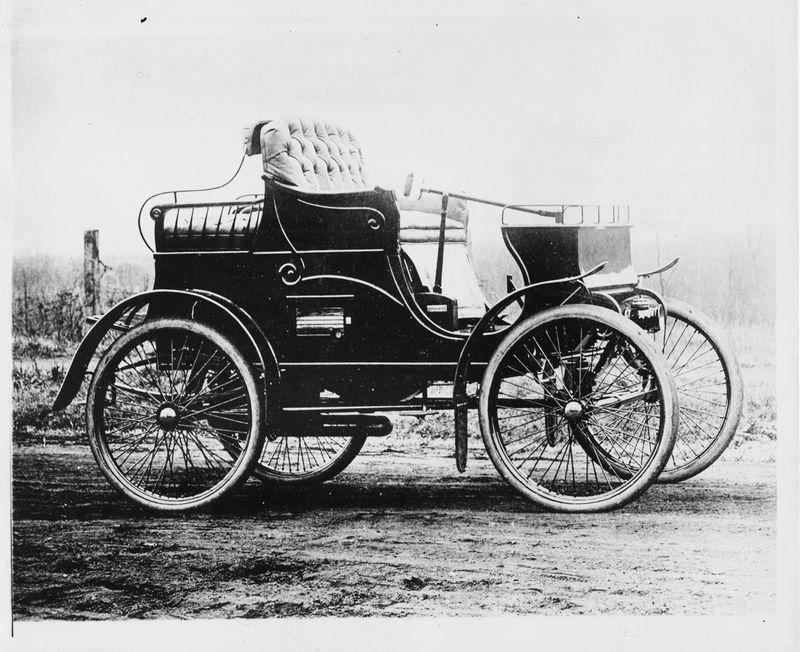
Packard was synonymous with luxury and engineering excellence. Founded in 1899, its elegant designs and top-tier craftsmanship set it apart.
However, a failed merger with Studebaker and declining demand for high-end cars led to its closure in 1958. Its end marked the loss of a significant player in luxury automobiles.
Collectors still revere Packard’s legacy, preserving its vehicles as a testament to an era of opulence and innovation. The brand’s story underscores the risks of mergers and the volatile nature of consumer preferences.
9. Hudson
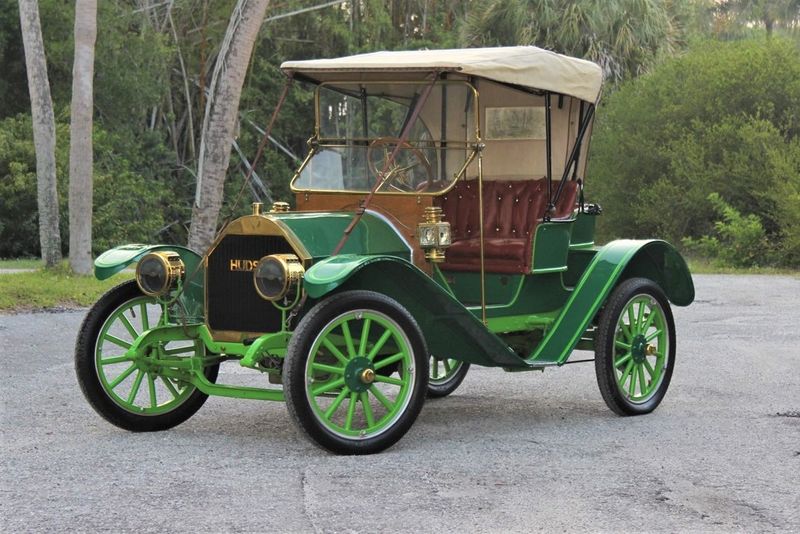
Founded in 1909, Hudson carved a niche as a performance car pioneer. Models like the Hornet offered power and innovation, making them favorites on the racetrack.
In 1954, Hudson merged with Nash to form American Motors Corporation (AMC), leading to its brand name disappearing shortly after. Despite this, Hudson remains celebrated for its contributions to automotive performance.
The brand’s legacy is preserved through collector communities, highlighting the enduring allure of its engineering feats. Hudson’s story reflects the challenges of surviving in a consolidating industry.
10. Nash
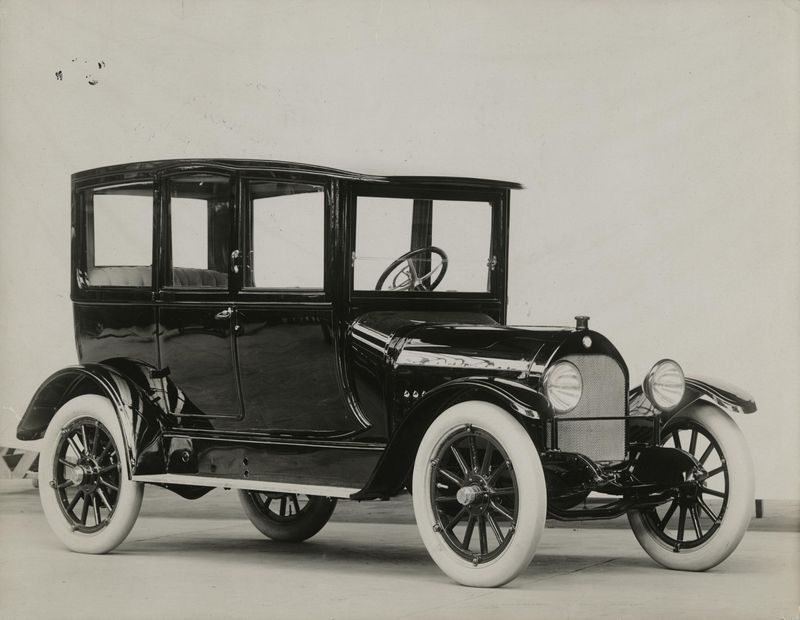
Nash Motors, established in 1916, played a pivotal role in early American motoring. Known for its innovative designs, like the Nash Airflyte, it pushed the boundaries of automotive engineering.
In the 1950s, Nash merged into AMC, and the brand eventually disappeared. Despite its dissolution, Nash’s influence is evident in its design contributions and engineering advancements.
Collectors and enthusiasts continue to celebrate Nash’s innovative spirit. Its legacy serves as a reminder of the brand’s impact on automotive design and its forward-thinking approach.
11. Kaiser-Frazer
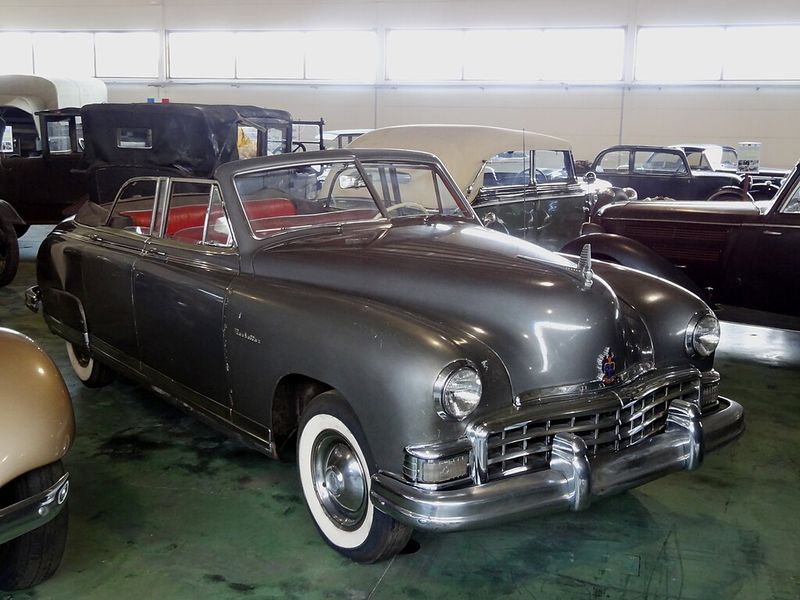
After WWII, Kaiser-Frazer emerged with grand plans to challenge the automotive giants. Founded in 1945, it produced stylish vehicles that garnered attention.
However, it struggled to compete with Detroit’s Big Three, and by the mid-1950s, operations ceased. The brand’s ambition and innovation couldn’t overcome the fierce competition.
Kaiser-Frazer cars are now valued by collectors for their unique designs and historical significance. The brand’s history highlights the challenges of competing in a saturated market and the importance of strategic planning.
12. American Motors Corporation (AMC)
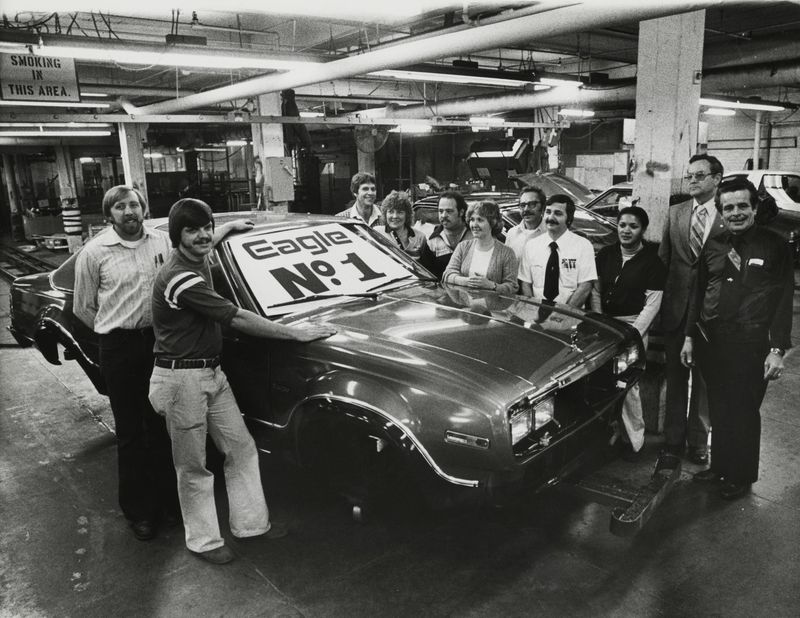
AMC was formed in 1954 from the merger of Hudson and Nash. It produced iconic models like the Gremlin, Pacer, and Javelin. Known for creativity, AMC stood out with unique designs and innovation.
Despite these strengths, financial struggles plagued the company. In 1987, Chrysler acquired AMC, ending its independent operations.
AMC’s cars continue to inspire enthusiasts and collectors, representing a unique chapter in automotive history. The brand’s story is a testament to creative risk-taking and the financial realities of the auto industry.
13. Hummer
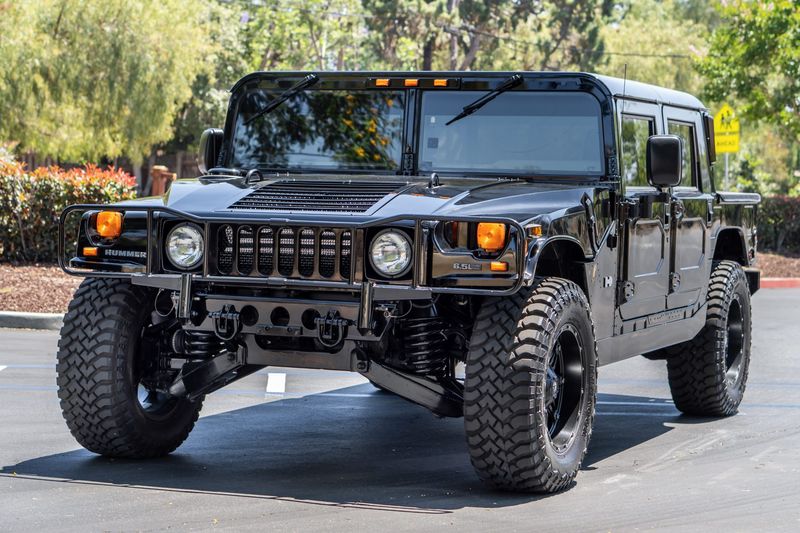
Hummer originated as a military-grade vehicle, later becoming a status symbol in civilian markets. Known for its ruggedness, the H1 model captured public imagination.
However, rising fuel prices and environmental concerns in the 2000s led to its decline. GM discontinued Hummer in 2010, though it has since been revived in electric form.
The brand’s history reflects the shifting consumer preferences and the impact of environmental consciousness on automotive trends. Hummer remains an icon of off-road capability and military-inspired design.
14. Plymouth
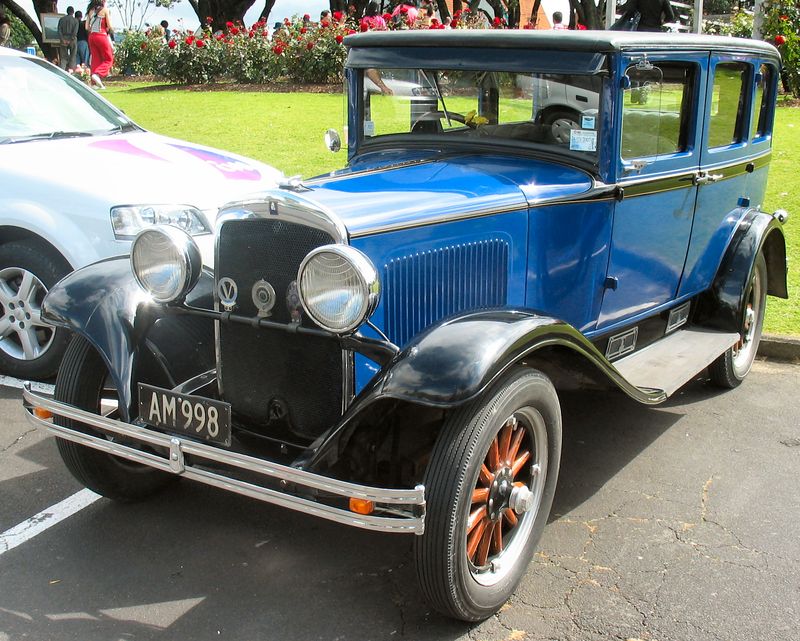
Plymouth was established in 1928, offering affordable yet high-performance cars. Models like the Road Runner and Barracuda became synonymous with American muscle.
However, declining sales in the 1990s led Chrysler to phase out Plymouth in 2001. Its discontinuation marked the end of an era for budget-friendly performance enthusiasts.
Collectors continue to cherish Plymouth cars, reminiscing about their impact on automotive culture. The brand’s story highlights the challenges of maintaining market position amidst changing consumer trends.
15. Edsel
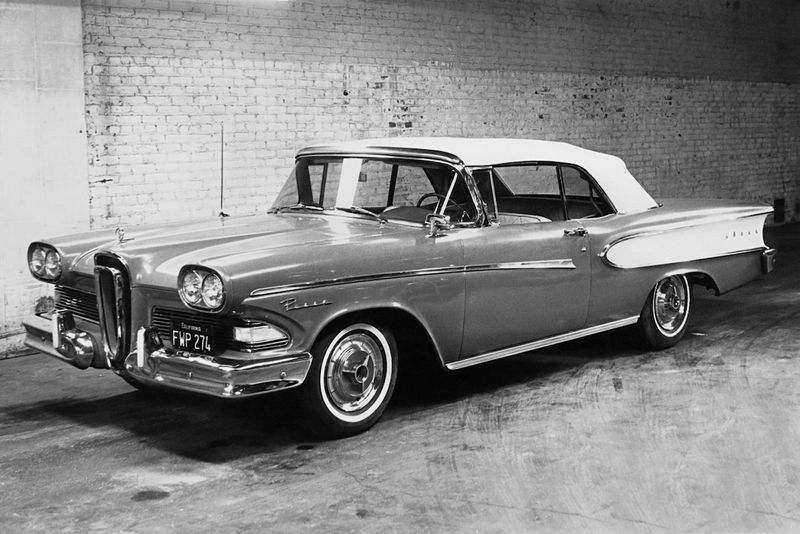
Ford’s ambitious Edsel brand launched in 1957, targeting the mid-tier luxury market. Its unique design, however, faced criticism, and marketing strategies misfired.
The brand quickly became synonymous with failure, ending production by 1960. Edsel’s short run remains a textbook case of market misjudgment and branding challenges.
Collectors appreciate Edsel’s rarity and distinctiveness, while its history offers valuable lessons in consumer perception and market positioning. The brand’s story is a cautionary tale of ambition meeting reality.
16. Duesenberg
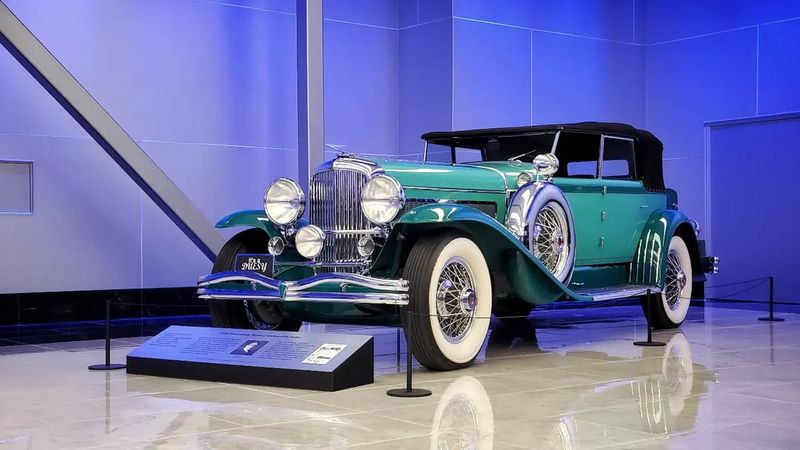
Duesenberg, founded in 1913, epitomized 1930s luxury and power with its extravagant cars. Known for sophistication, it attracted a wealthy clientele.
The Great Depression, however, diminished the market for high-end automobiles, and Duesenberg ceased operations in 1937. Its cars remain symbols of opulence and technical prowess.
Enthusiasts and historians celebrate Duesenberg’s legacy, preserving its vehicles as masterpieces of design and engineering. The brand’s story underscores the vulnerability of luxury markets to economic downturns.
17. Auburn
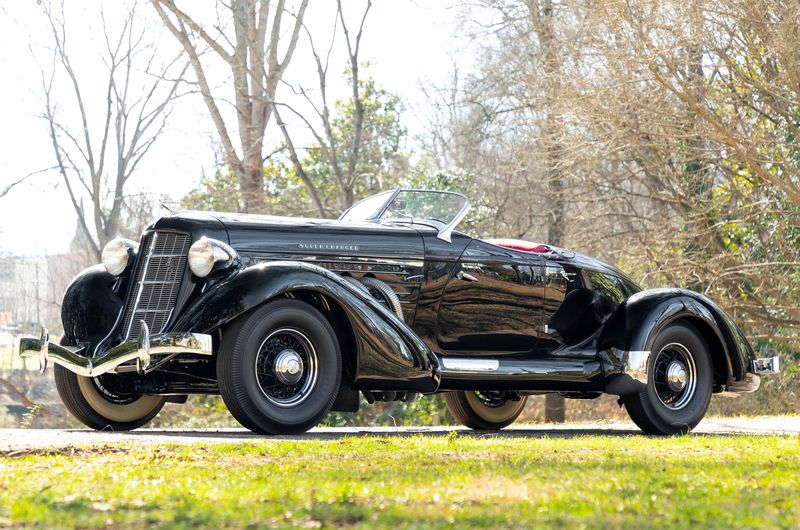
Auburn, founded in 1900, was renowned for its stylish roadsters like the Boattail Speedster. Its vehicles embodied the glamour and excitement of the 1930s.
The Great Depression, however, imposed financial strains that Auburn couldn’t withstand, leading to its closure in 1937. Its cars are now prized by collectors.
Auburn’s tale is one of elegance and innovation meeting harsh economic realities. The brand’s history is a testament to the challenges luxury automakers face during financial crises.
18. Cord
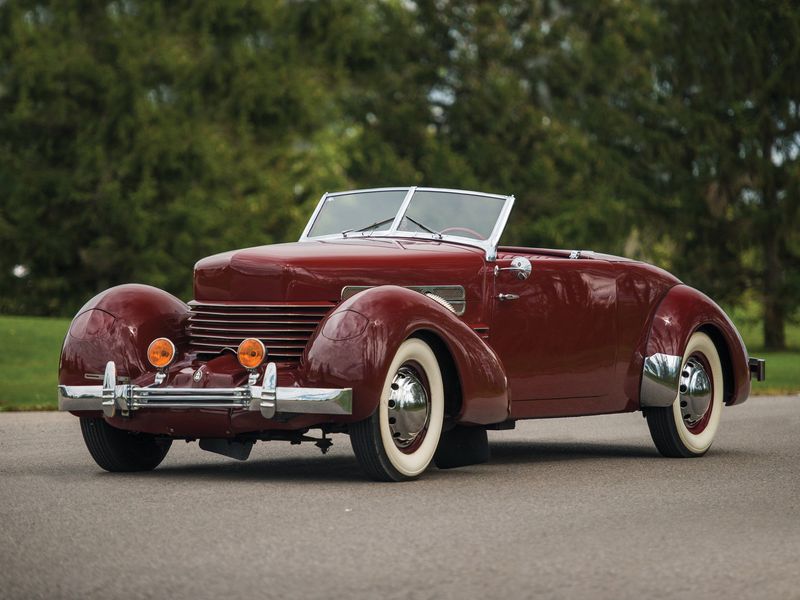
Cord was a pioneer in automotive innovation, introducing front-wheel drive and futuristic designs in the 1930s. Its cars stood out for their technological advancements.
However, economic hardships during the Great Depression led to Cord’s downfall in 1937. Despite its short life, Cord’s impact on automotive design is still celebrated.
Collectors and historians regard Cord as a trailblazer, preserving its vehicles for their revolutionary features. The brand’s story highlights the intersection of innovation and economic challenges.
19. Crosley
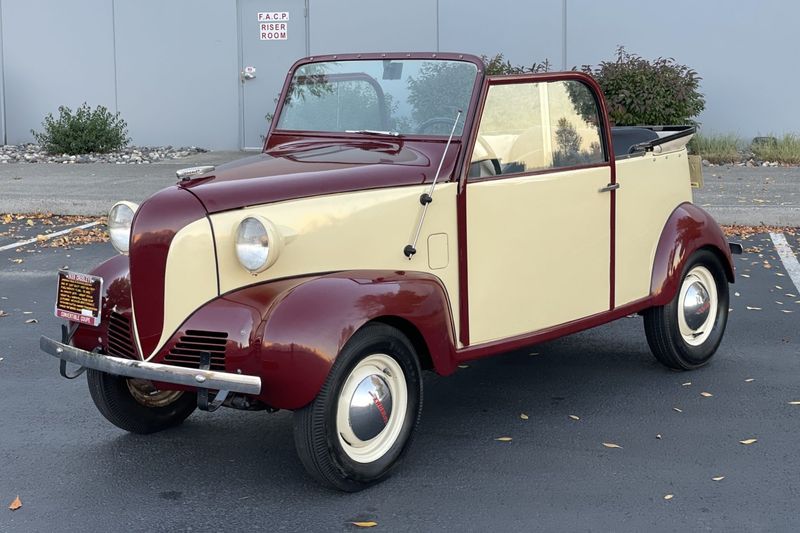
Crosley, founded in 1939, was known for its tiny, fuel-efficient cars. During the fuel-conscious 1940s, these vehicles provided a practical alternative.
Postwar America, however, favored larger cars, leading to Crosley’s demise in 1952. Its innovative approach remains a curiosity in automotive history.
Collectors and enthusiasts appreciate Crosley’s unique position in the market. The brand’s story is a reminder of the shifting consumer preferences and the challenges of sustaining a niche automotive market.
20. Willys
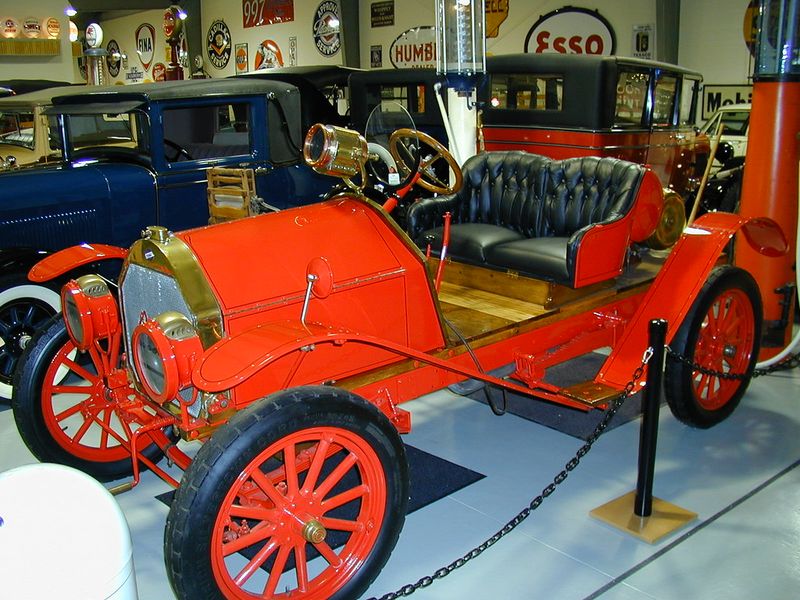
Best known for the iconic Jeep, Willys played a crucial role in WWII, producing vehicles that became synonymous with rugged reliability. Founded in 1908, its contributions to the military are legendary.
However, postwar changes led to its absorption into Kaiser in the 1950s, ending its independent run. Willys remains celebrated for its impact on military and off-road vehicles.
Collectors treasure Willys vehicles, honoring their historical significance. The brand’s legacy is a testament to innovation and adaptability in changing times.
21. Stutz
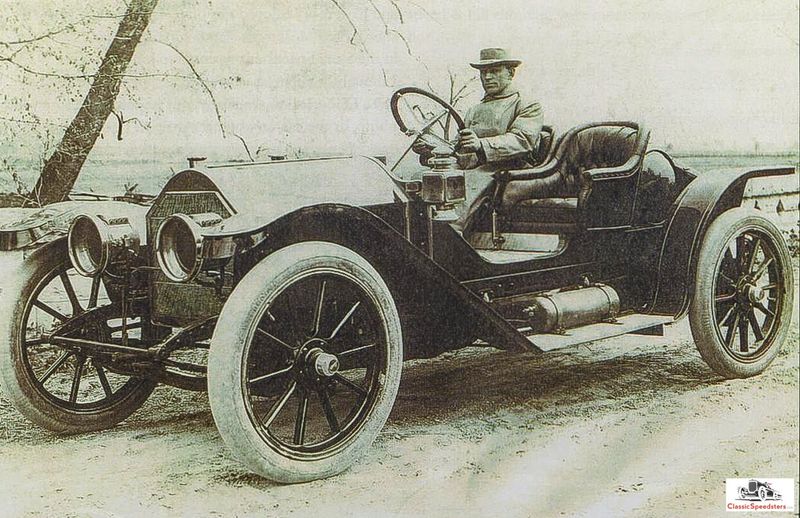
Stutz, established in 1911, built luxurious and performance-oriented vehicles. Its cars were celebrated for their engineering and style.
Economic struggles led to its decline in 1939, and a brief revival in the 1970s didn’t last. Stutz’s legacy is preserved through its classic models, now collectors’ treasures.
The brand’s history highlights the fickle nature of luxury markets and the challenges of sustaining a high-end automotive brand. Stutz remains a symbol of early automotive elegance and innovation.
22. Rambler
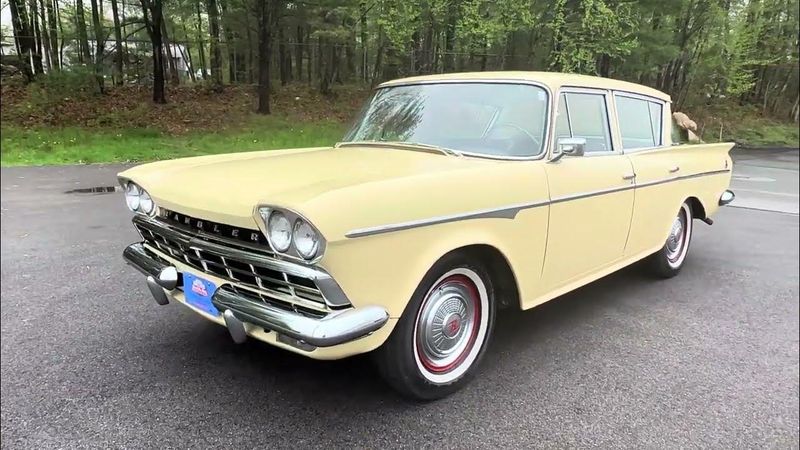
Originally a Nash sub-brand, Rambler gained independence and popularity in the 1950s and ’60s, known for practical and affordable cars.
Despite its success, AMC, its parent company, phased it out in 1969. Rambler’s influence endures in the realm of economical motoring.
Collectors and enthusiasts still celebrate Rambler’s contributions to affordable car design. The brand’s story is a reflection on evolving consumer preferences and the changing landscape of the automotive industry.
23. Imperial
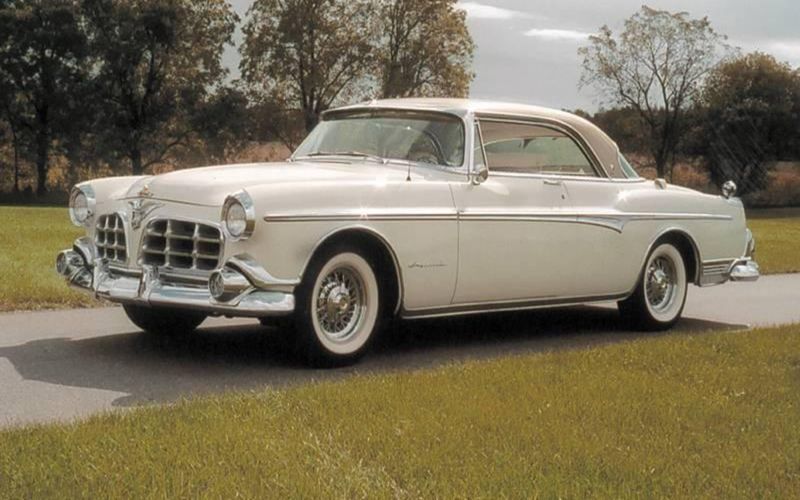
Chrysler launched Imperial in 1955 as a standalone luxury brand, aiming to compete with Cadillac and Lincoln. Its elegant designs garnered admiration.
However, sales struggled, leading to its discontinuation in 1975. Imperial’s brief existence highlights the difficulties of breaking into the luxury market.
The brand’s vehicles remain appreciated by collectors for their design and craftsmanship. Imperial’s story is a study in the challenges of establishing a new luxury identity within a competitive market.
